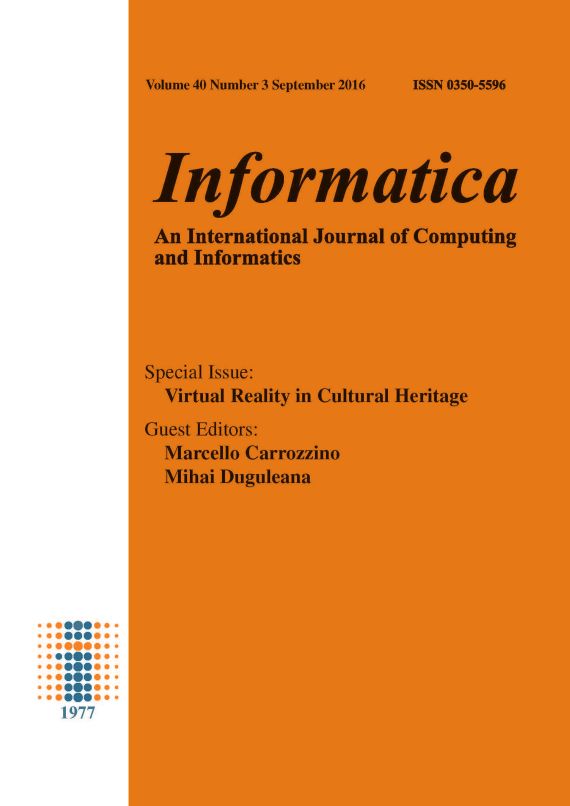Statistic-Based Dynamic Complexity Measurement for Web Service System
Abstract
The existing research mainly concerns on the static complexity measurement for service-based system, but the dynamic features like execution behavior have been ignored. In this paper, we proposed a hierarchical measurement framework for evaluating the complexity of Web services from the dynamic aspect. At the level of single service, fluctuation rate is used to represent the QoS (Quality of Service) change during service invocation. Then, a cumulative distribution function is used to measure the dynamic complexity of service performance. At the system level, execution vectors and the corresponding probabilities can be counted according to the trace set of system dynamic executions. Subsequently, the complexity of dynamic execution behaviors can be calculated by the usage of entropy value. In addition, the rationality of above metrics has been validated by the studies on two real applications.
Downloads
Published
Issue
Section
License
I assign to Informatica, An International Journal of Computing and Informatics ("Journal") the copyright in the manuscript identified above and any additional material (figures, tables, illustrations, software or other information intended for publication) submitted as part of or as a supplement to the manuscript ("Paper") in all forms and media throughout the world, in all languages, for the full term of copyright, effective when and if the article is accepted for publication. This transfer includes the right to reproduce and/or to distribute the Paper to other journals or digital libraries in electronic and online forms and systems.
I understand that I retain the rights to use the pre-prints, off-prints, accepted manuscript and published journal Paper for personal use, scholarly purposes and internal institutional use.
In certain cases, I can ask for retaining the publishing rights of the Paper. The Journal can permit or deny the request for publishing rights, to which I fully agree.
I declare that the submitted Paper is original, has been written by the stated authors and has not been published elsewhere nor is currently being considered for publication by any other journal and will not be submitted for such review while under review by this Journal. The Paper contains no material that violates proprietary rights of any other person or entity. I have obtained written permission from copyright owners for any excerpts from copyrighted works that are included and have credited the sources in my article. I have informed the co-author(s) of the terms of this publishing agreement.
Copyright © Slovenian Society Informatika








